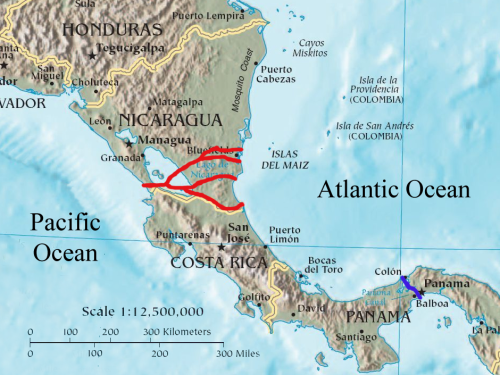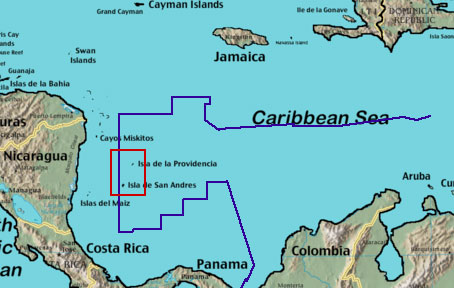
This article was originally published by Offiziere.ch on 5 December, 2014.
A Chinese company is preparing to begin work on the Nicaragua Interoceanic Canal. Once — and if — the canal is ever finished, it will size up to more than 170 miles (about 275 km) and connect the Caribbean Sea to the Pacific Ocean, with Lake Nicaragua in the middle. It’s a major project — larger than any other geo-engineering project underway in the world. Officially, it’s an opportunity for development championed by Nicaraguan President Daniel Ortega. But critics look at the canal as a boondoggle, and a means by which Ortega is developing a long-term relationship with Beijing — and China’s geopolitical interests. The builders of the canal also have important ties with the Chinese People’s Liberation Army (PLA).


